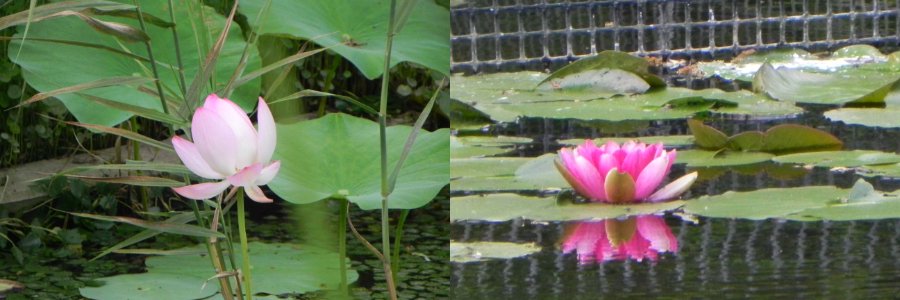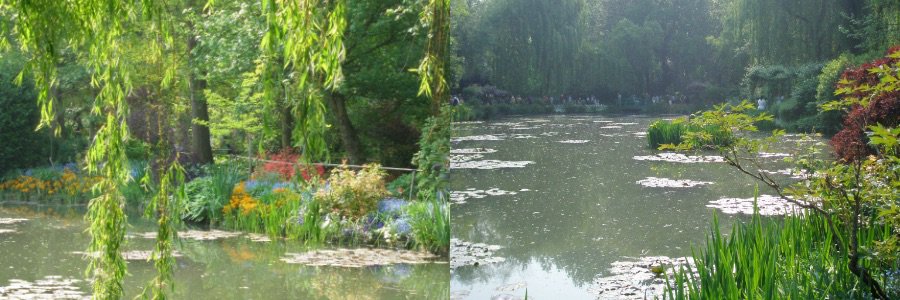A dewy water lily drifting gently on the surface of the water. Sunlight glitters and dances with the reflections of tree shadows, while a soft breeze ripples the water. It’s a serene, dreamlike moment―watching the shifting expressions of nature in quiet awe.
A crisp green opening with refreshing notes of watermelon evokes the feeling of breathing in pure morning air. The clean, aquatic scent of water lily is blended with elegant Bulgarian rose for a refined heart note, which gradually softens into a gentle woody musk. A hint of baby powder sweetness lingers in the background, adding a comforting touch.
| Type | Floral Green |
|---|---|
| Top Notes | lemon, pear, eucalyptus, watermelon |
| Middle Notes | bulgarian rose, white jasmine, water lilly |
| Last Notes | musk, cedarwood |

The lotus (hasu) rises above the water to bloom, with large water-repellent leaves that stand upright. Its leaves are smooth-edged and when splashed with water, droplets bead and roll off like pearls. After blooming, the flower forms a distinctive seed pod known as “hachisu.” Its roots, known as renkon (lotus root), are commonly used in Japanese cuisine.
Water lilies (suiren), on the other hand, float on the surface, with flowers and leaves spreading across the water. Many of their leaves have characteristic notches. Suiren are also called “hitsuji-gusa” in Japan, based on the belief that they bloom around 2 p.m. (the “hitsuji” hour in the old Japanese time system). They open and close gradually later each day, repeating this rhythm for several days until finally remaining open before fading. Unlike lotus, they do not produce hachisu pods because the flowers sink after blooming.

At the Paris Exposition, Japanese art deeply influenced Western artists, sparking the Japonisme movement and the emergence of Art Nouveau. Monet’s fascination with water lilies was born from this cultural encounter.
